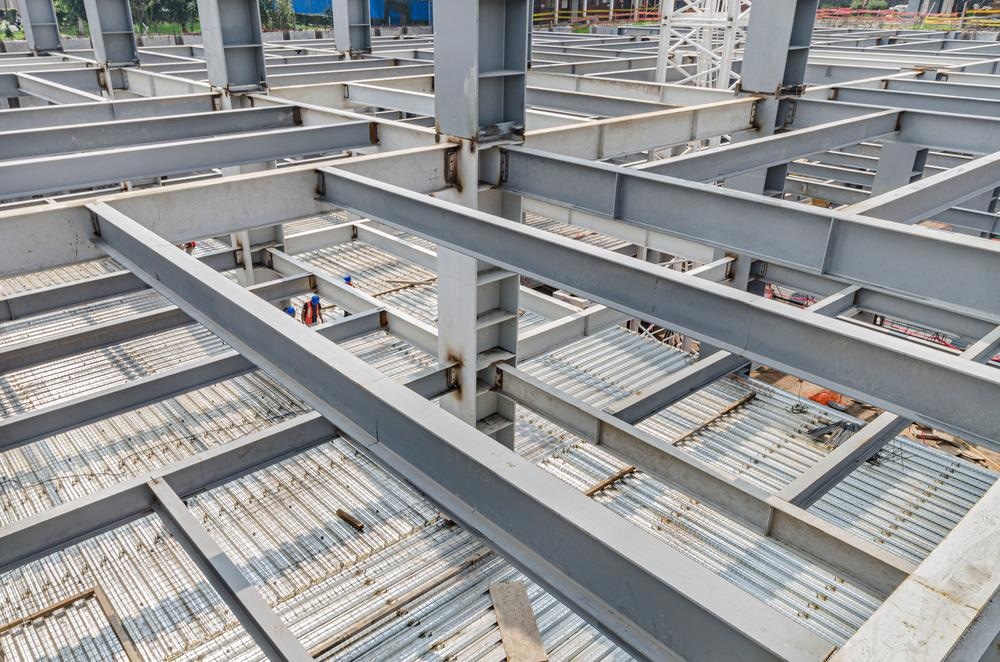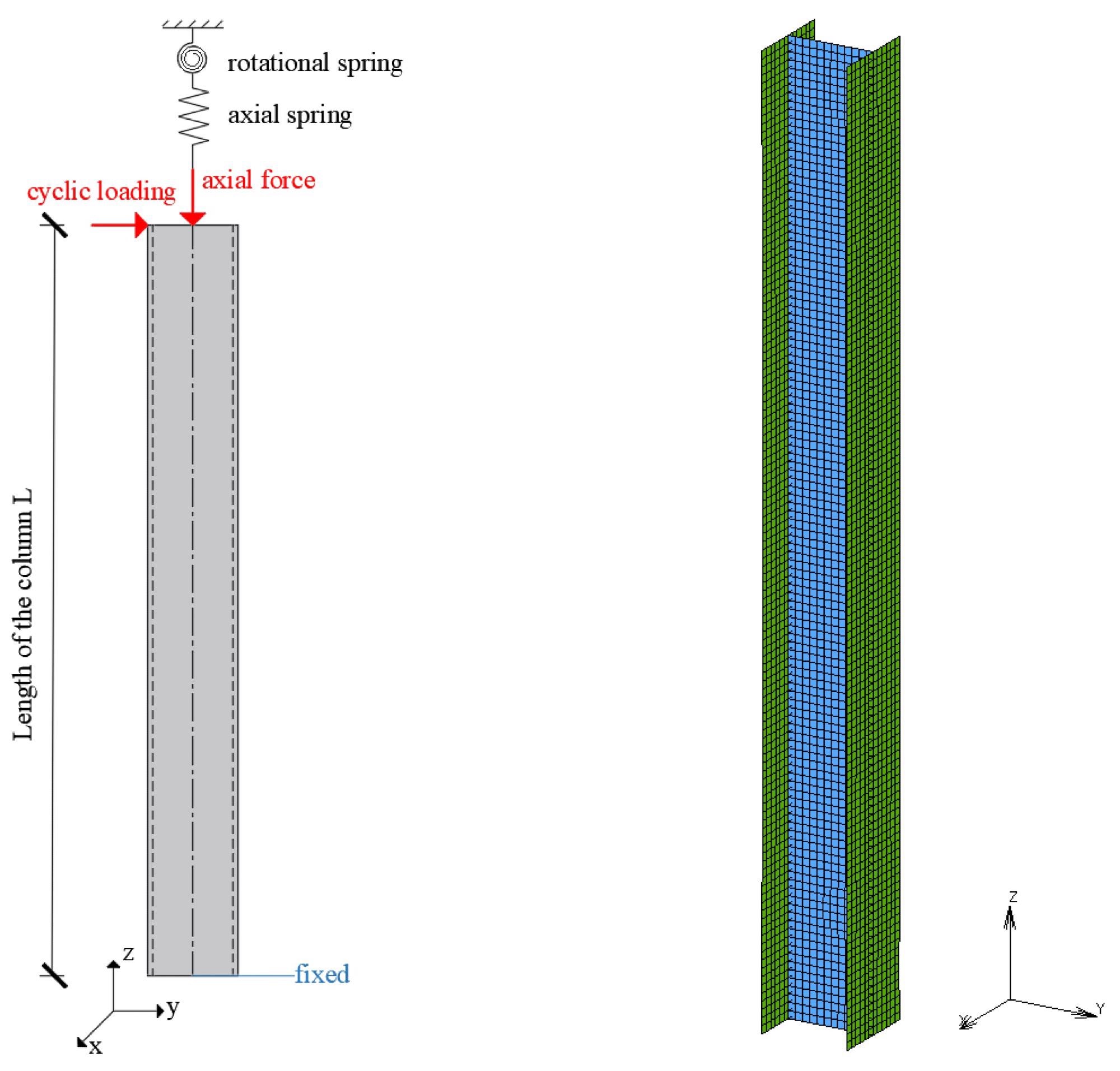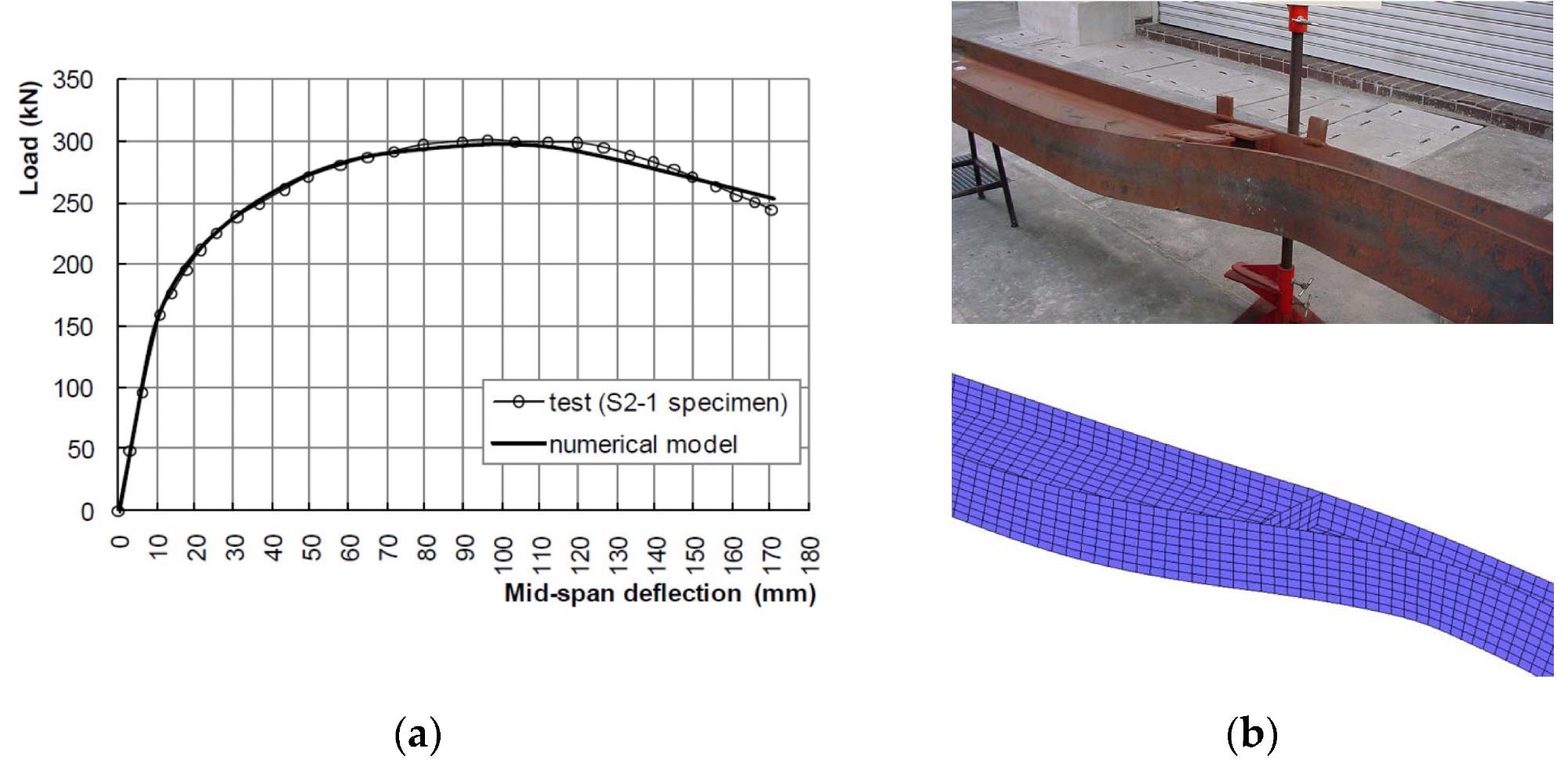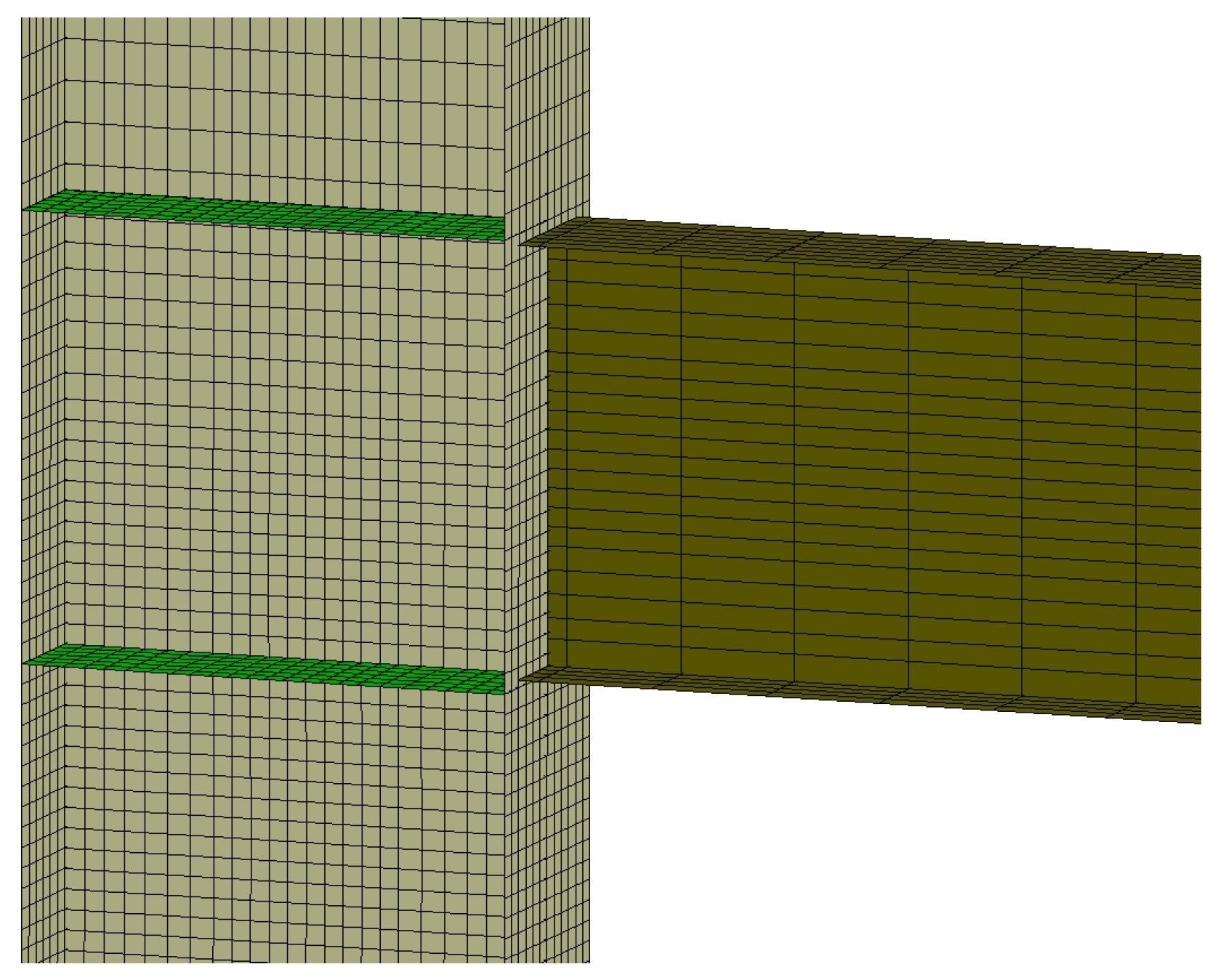 By Surbhi JainReviewed by Susha Cheriyedath, M.Sc.Mar 4 2022
By Surbhi JainReviewed by Susha Cheriyedath, M.Sc.Mar 4 2022In a review recently published in the journal Buildings, researchers presented a detailed numerical investigation on the performance of steel columns after being exposed to fire.

Study: Numerical Investigation of the Post-Fire Performance of Steel Columns. Image Credit: Leon Rafael/Shutterstock.com
Background
The economic, social, and technological dilemma of reusing structures after catastrophic events such as earthquakes, fires, and so on has piqued the interest of numerous scholars. In recent decades, there have been several theoretical and experimental studies on the behavior of steel structures under seismic loads.
The development of improved structures that reduce structural and non-structural damage and can be reused quickly after an earthquake has been achieved through research into the seismic performance of steel structures. Predicting the behavior of steel members, connections, and complete structural systems subjected to fire has made significant progress.
The safety assessment of steel structure re-useability after a fire, on the other hand, is currently under examination. The majority of studies concentrate on the post-fire behavior of bolted or welded connections, with little research on the overall behavior of structures or structural elements.
A steel structure built to current seismic norms can withstand fire with minimal structural damage and can be restored and reused. As a result, it's critical to investigate if reusing steel structures after a fire is safe in seismically active places.

The axially and rotationally restrained steel column and the numerical model. Image Credit: Pantousa, D et al., Buildings
About the Study
In the present study, the authors investigated the seismic performance of steel columns that were pre-damaged by fire. Complex finite element models were built and validated against experimental data for this purpose. The models were used to accurately determine the behavior of beams-columns at high temperatures.
The behavior of the columns was first investigated using simplified boundary conditions, with the surrounding structure was excluded from the numerical model. The structural damage caused by the fire was determined using thermal-structural analysis. The columns' cyclic performance was also examined, taking into account both residual post-fire deformations and suitable material properties.
The intricate interplay between the heated columns and the surrounding structure was taken into account in the modeling to achieve more realistic results. The behavior of the seismic-resistant frame, when exposed to fire, was modeled. The behavior of fire-damaged columns was then evaluated under cyclic loads.
The authors also evaluated the post-fire behavior of steel H-columns under cyclic loading and axial compressive load. The effects of changes in boundary conditions, fire situations, and applied axial load ratios were studied. Thermal-structural assessments were used to determine the extent of structural damage caused by the fire.
The columns' cyclic performance was examined, taking into account both residual post-fire deformations and suitable material properties. In addition, a seismic-resistant frame (columns with realistic boundary conditions) was investigated. The impact of fire damage on the cyclic behavior of columns was demonstrated. The highest temperature measured during the heating stage, as well as the axial load level, were subjected to parametric analysis. Global out-of-plane displacements were combined with local buckling of the web and flanges toward the end of the fire stage.

(a) Comparison of the numerical analysis results with the test results for the specimen S2-1 at 415 °C; (b) deformed shape of the steel beam at failure. Image Credit: Pantousa, D et al., Buildings
Observations
The researchers observed an enhancement in the size of the web and flanges, which was proportional to the level of the load. It was also determined that for the highest recorded temperatures less than or equal to 550 °C, slight residual local displacements (about 1 mm) had no effect on the behavior of the columns during cyclic loading.
The local out-of-plane displacements with a larger amplitude towards their base had little impact on their cyclic behavior by causing early local buckling and consequent loss of flexural capacity. This behavior was more favored when the load level increased and the temperature exceeded 550 °C.
The global and out-of-plane residual displacements which were less than 1% L had no effect on the columns' cyclic behavior or activated any global instabilities. Furthermore, the local buckling mechanism and the plastic hinge formulation, which caused global out-of-plane displacements, were the primary reason for the columns' failure.
It was also observed that excessive local buckling deformations caused global instability around the weak axis and only the severely damaged columns (global out-of-plane displacements greater than 1% L) succumbed to lateral buckling. Due to residual displacements and deterioration of mechanical properties, the rotation capacity of damaged columns was diminished.

Detail of beam-column connection with web stiffeners. Image Credit: Pantousa, D et al., Buildings
Conclusions
In conclusion, this study elucidated the numerical behavior of steel columns after a fire under cyclic loading. The authors demonstrated the behavior of the columns using simple boundary conditions with no consideration for the surrounding structure. It was inferred that the fire damaged the cyclic behavior of the column.
The fire-damaged columns were found to withstand high temperatures (750 °C) without major damage; however, their behavior will be more sensitive during a subsequent earthquake. The authors emphasized that more research is required to better understand how steel structures respond after a fire in an earthquake.
They also mentioned that to truly validate the numerical models utilized in this paper, full-scale experiments on steel columns are required. Overall, they believe that in order to evaluate the seismic susceptibility of steel frames following fire incidents and provide guidelines for their reuse, more experimental and numerical work is required.
Disclaimer: The views expressed here are those of the author expressed in their private capacity and do not necessarily represent the views of AZoM.com Limited T/A AZoNetwork the owner and operator of this website. This disclaimer forms part of the Terms and conditions of use of this website.
Source:
Pantousa, D., Karavasilis, T., Maraveas, C., Numerical Investigation of the Post-Fire Performance of Steel Columns. Buildings 12(3), 288 (2022). https://www.mdpi.com/2075-5309/12/3/288